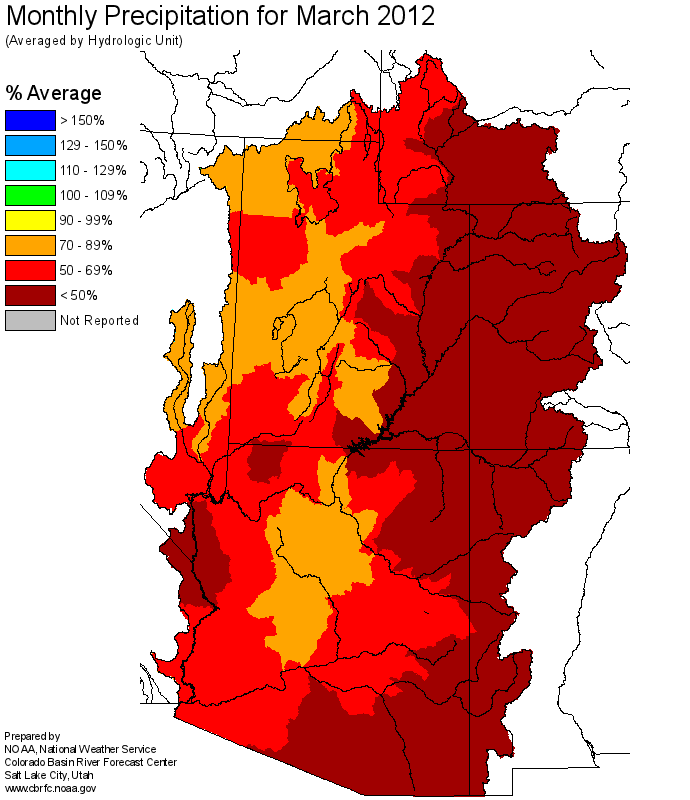This feels a bit unseemly, but I’m frankly enormously proud to have won a Society of Professional Journalists “Top of the Rockies” award for my work last year on forest health, fire, politics and policy in the mountains of the West:
The driest January through June in New Mexico history came down to this: For the first time in scientist Craig Allen’s 25 years at Bandelier National Monument, Frijoles Creek past the monument’s Jemez Mountains visitor center went dry.
Oak and mountain mahogany trees barely leafed out.
Since Jan. 1, the Bandelier fire lookout has received less than half an inch of rain.
“You can evaporate that from a pan on a warm afternoon,” Allen said Friday.
In that piece, the first of what turned into an accidental series, I had the luxury of backing into the story. New Mexicans reading it that Sunday, July 3, could look up and see the smoke. They knew I would eventually get from drought to fire.
Over the next few months, I also wrote:
I’m proud because these stories mattered to me a lot. I’m enormously grateful to a large group of scientists and policy wonks who helped me write them, especially Craig Allen, Tom Swetnam, Bob Parmenter, Laura McCarthy, Julio Betancourt, Nate McDowell and Melissa Savage. (update: so many more people belong on the list, but especially Don Falk)
Here’s how the first story ended:
Firefighters saved Bandelier’s main ruins area and visitor center, along with Allen’s office, but more than half the park’s acreage burned.
When he returned last week, Allen noticed something remarkable: Water has returned to Frijoles Creek.
Upstream, the forest that once lined the creek is gone. “You don’t have all those trees sucking water out of the system,” Allen said.



